
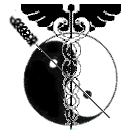


Acupuncture is a collection of procedures involving penetration of the skin with needles in order to stimulate certain points on the body. In its classical form it is a characteristic component of traditional Chinese medicine (TCM), a form of alternative medicine, and one of the oldest healing practices in the world.
According to traditional Chinese medicine, stimulating specific acupuncture points corrects imbalances in the flow of qi through channels known as meridians. Scientific investigation has not found any histological or physiological correlates for traditional Chinese concepts such as qi, meridians, and acupuncture points, and some contemporary practitioners use acupuncture without following the traditional Chinese approach.
Research suggests that traditional forms of acupuncture are more effective than placebos in the relief of certain types of pain and post-operative nausea. Recent systematic reviews found that acupuncture also seems to be a promising treatment option for anxiety, sleep disturbances, and depression, but that further research is needed in these regards. Although minimally invasive, the puncturing of the skin with acupuncture needles poses problems when designing trials that adequately controls for placebo effects. A number of studies comparing traditional acupuncture to sham procedures found that both sham and traditional acupuncture were superior to usual care but were themselves equivalent; findings apparently at odds with traditional Chinese theories regarding acupuncture point specificity.
Acupuncture's use for certain conditions has been endorsed by the United States National Institutes of Health, the National Health Service of the United Kingdom, the World Health Organization, and the National Center for Complementary and Alternative Medicine. Some scientists have criticized these endorsements as being unduly credulous and not including objections to or criticisms of the research used to support acupuncture's effectiveness. There is general agreement that acupuncture is relatively safe when administered by qualified practitioners using sterile needles and carries a very low risk of serious adverse effects.
The general theory of acupuncture is based on the premise that bodily functions are regulated by an energy called qi which flows through the body; disruptions of this flow are believed to be responsible for disease. Acupuncture describes a family of procedures aiming to correct imbalances in the flow of qi by stimulation of anatomical locations on or under the skin (usually called acupuncture points or acc
upoints), by a variety of techniques. The most common mechanism of stimulation of acupuncture points employs penetration of the skin by thin metal needles, which are manipulated manually or by electrical stimulation.
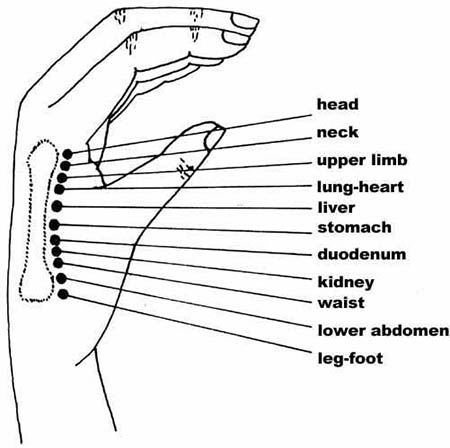
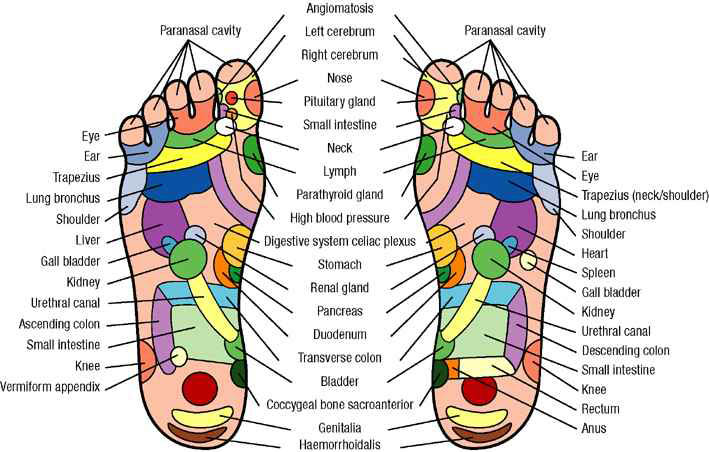
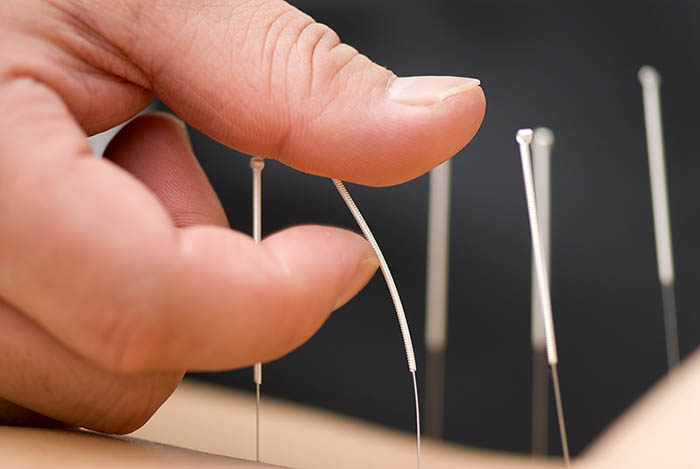
Acupuncture needles are typically made of stainless steel wire. They are usually disposable, but reusable needles are sometimes used as well, though they must be sterilized between uses.
Needles vary in length between 13 to 130 millimetres (0.51 to 5.1 in), with shorter needles used near the face and eyes, and longer needles in more fleshy areas; needle diameters vary from 0.16 mm (0.006 in) to 0.46 mm (0.018 in), with thicker needles used on more robust patients. Thinner needles may be flexible and require tubes for insertion. The tip of the needle should not be made too sharp to prevent breakage, although blunt needles cause more pain.
Apart from the usual filiform needle, there are also other needle types which can be utilized, such as three-edged needles and the Nine Ancient Needles. Japanese acupuncturists use extremely thin needles that are used superficially, sometimes without penetrating the skin, and surrounded by a guide tube (a technique adopted in China and the West). Korean acupuncture uses copper needles and has a greater focus on the hand.
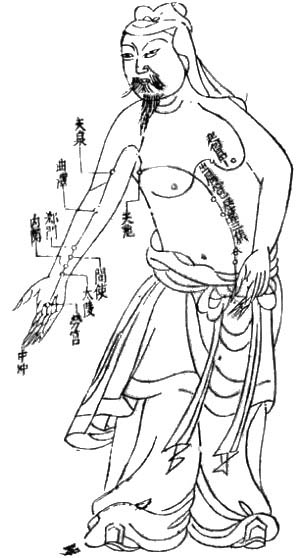
Acupuncture chart from the Ming Dynasty(c. 1368-1644)
The precise start date of acupuncture's invention in ancient China and how it evolved from early times are uncertain. One explanation is that Han Chinese doctors observed that some soldiers wounded in battle by arrows were believed to have been cured of chronic afflictions that were otherwise untreated, and there are variations on this idea. Sharpened stones known as Bian shi have been found in China, suggesting the practice may date to the Neolithic or possibly even earlier in the Stone Age. Hieroglyphs and pictographs have been found dating from the Shang Dynasty (1600-1100 BCE) which suggests that acupuncture was practiced along with moxibustion. It has also been suggested that acupuncture has its origins in bloodletting or demonology.
Despite improvements in metallurgy over centuries, it was not until the 2nd century BCE during the Han Dynasty that stone and bone needles were replaced with metal. The earliest examples of metal needles were found in a tomb dated to c. 113 BCE, though their use might not necessarily have been acupuncture. The earliest example of the unseen meridians used for diagnosis and treatment are dated to the second century BCE but these records do not mention needling, while the earliest reference to therapeutic needling occurs in the historical Shiji text but does not mention the meridians and may be a reference to lancing rather than acupuncture.
The earliest written record of acupuncture is found in the Huangdi Neijing translated as The Yellow Emperor's Inner Canon), dated approximately 200 BCE. It does not distinguish between acupuncture and moxibustion and gives the same indication for both treatments. The Mawangdui texts, which also date from the 2nd century BCE (though antedating both the Shiji and Huangdi Neijing), mention the use of pointed stones to open abscesses, and moxibustion, but not acupuncture. However, by the 2nd century BCE, acupuncture replaced moxibustion as the primary treatment of systemic conditions.
The practice of acupuncture expanded out of China into the areas now part of Japan, Korea, Vietnam and Taiwan, diverging from the narrower theory and practice of mainland TCM in the process. A large number of contemporary practitioners outside of China follow these non-TCM practices, particularly in Europe.
In Europe, examinations of the 5,000-year-old mummified body of Otzi the Iceman have identified 15 groups of tattoos on his body, some of which are located on what are now seen as contemporary acupuncture points. This has been cited as evidence that practices similar to acupuncture may have been practiced elsewhere in Eurasia during the early Bronze Age.
Archaeologists investigating the tomb of Liu Hemarquis in east China discovered the world's oldest steel acupuncture needles dating to the time of the Western Han Dynasty (206 B.C. - 9 A.D.) Archaeology.org - July 1, 2025
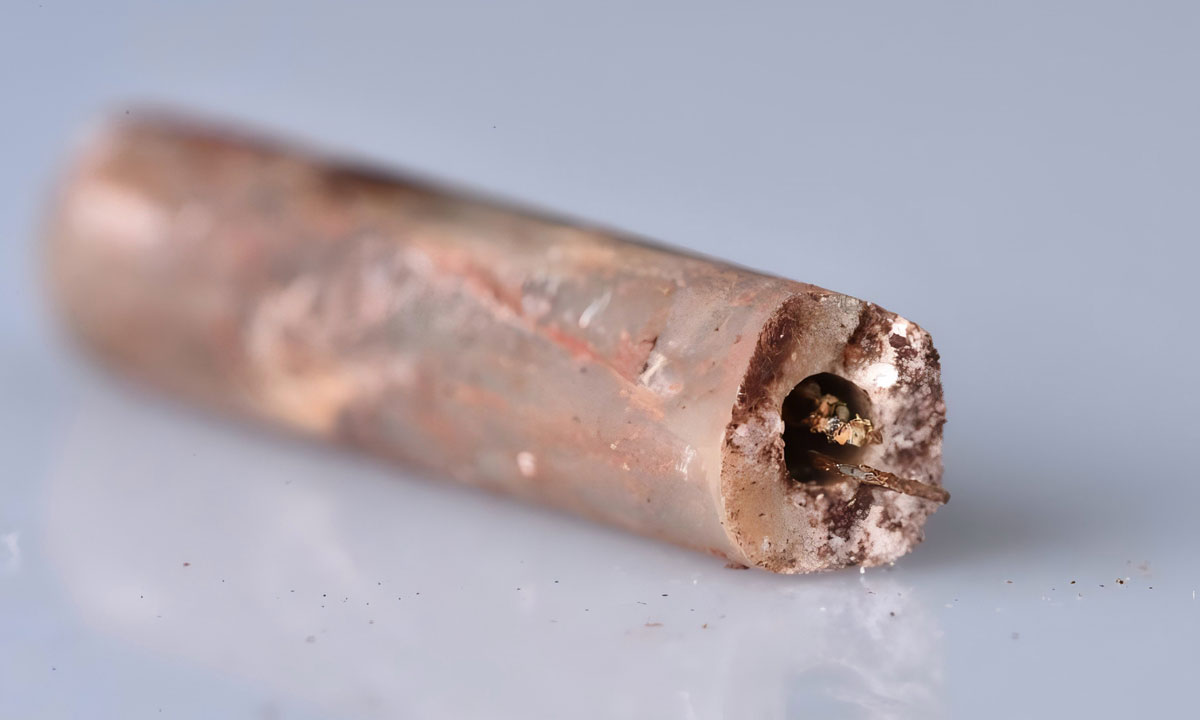
A wooden label lying nearby inscribed with the words 'Nine Needles Complete' confirms their identification, as ancient Chinese medical texts recommend the use of nine different needles during acupuncture. Analysis indicated that they were made from steel created through an advanced technique known as the 'frying' process. This allowed for their extraordinary thinness, which is comparable to modern acupuncture needles. It was essential that these medical instruments be made from steel since gold and silver are too soft, and iron rusts, which could cause infection. This breakthrough in material science directly fueled the evolution of acupuncture tools and the progress of medical practice itself.
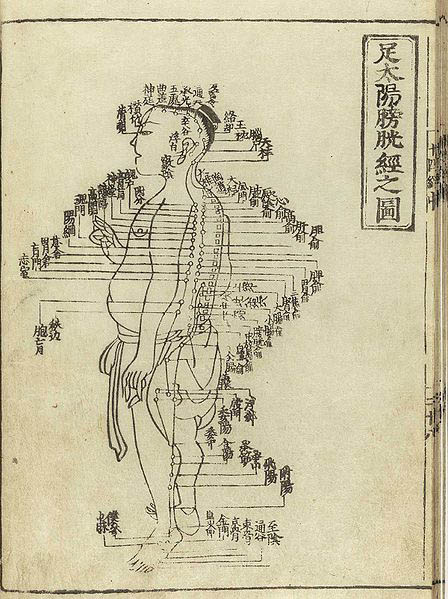
Korea is believed to be the second country that acupuncture spread to outside of China. Within Korea there is a legend that acupuncture was developed by the legendary emperor Dangun though it is more likely to have been brought into Korea from a Chinese colonial prefecture.
Around 90 works on acupuncture were written in China between the Han Dynasty and the Song Dynasty, and the Emperor Renzong of Song, in 1023, ordered the production of a bronze statuette depicting the meridians and acupuncture points then in use. However, after the end of the Song Dynasty, acupuncture lost status, and started to be seen as a technical profession, in comparison to the more scholarly profession of herbalism. It became rarer in the following centuries, and was associated with less prestigious practices like alchemy, shamanism, midwifery and moxibustion.
Portuguese missionaries in the 16th century were among the first to bring reports of acupuncture to the West. Jacob de Bondt, a Dutch surgeon traveling in Asia, described the practice in both Japan and Java. However, in China itself the practice was increasingly associated with the lower-classes and illiterate practitioners.
In 1674, Hermann Buschoff, a Dutch priest in Batavia, published the first book on moxibustion (from Japanese mogusa) for the cure of arthritis. The first elaborate Western treatise on acupuncture was published in 1683 by Willem ten Rhijne, a Dutch physician who had worked at the Dutch trading post Dejima in Nagasaki for two years.
In 1757 the physician Xu Daqun described the further decline of acupuncture, saying it was a lost art, with few experts to instruct; its decline was attributed in part to the popularity of prescriptions and medications, as well as its association with the lower classes.
In 1822, an edict from the Chinese Emperor banned the practice and teaching of acupuncture within the Imperial Academy of Medicine outright, as unfit for practice by gentlemen-scholars. At this point, acupuncture was still cited in Europe with both skepticism and praise, with little study and only a small amount of experimentation.
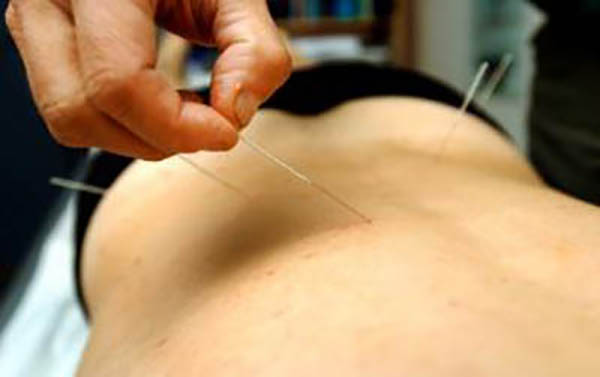
In the early years after the Chinese Civil War, Chinese Communist Party leaders ridiculed traditional Chinese medicine, including acupuncture, as superstitious, irrational and backward, claiming that it conflicted with the Party's dedication to science as the way of progress. Communist Party Chairman Mao Zedong later reversed this position, saying that "Chinese medicine and pharmacology are a great treasure house and efforts should be made to explore them and raise them to a higher level."
Under Mao's leadership, in response to the lack of modern medical practitioners, acupuncture was revived and its theory rewritten to adhere to the political, economic and logistic necessities of providing for the medical needs of China's population. Despite Mao proclaiming the practice of Chinese medicine to be "scientific", the practice was based more on the materialist assumptions of Marxism in opposition to superstition rather than the Western practice of empirical investigation of nature.
Later the 1950s TCM's theory was again rewritten at Mao's insistence as a political response to the lack of unity between scientific and traditional Chinese medicine, and to correct the supposed "bourgeois thought of Western doctors of medicine" (p. 109).
Acupuncture gained attention in the United States when President Richard Nixon visited China in 1972. During one part of the visit, the delegation was shown a patient undergoing major surgery while fully awake, ostensibly receiving acupuncture rather than anesthesia. Later it was found that the patients selected for the surgery had both a high pain tolerance and received heavy indoctrination before the operation; these demonstration cases were also frequently receiving morphine surreptitiously through an intravenous drip that observers were told contained only fluids and nutrients.
The greatest exposure in the West came after New York Times reporter James Reston received acupuncture in Beijing for post-operative pain in 1971 and wrote complaisantly about it in his newspaper.
Also in 1972 the first legal acupuncture center in the U.S. was established in Washington DC; during 1973-1974, this center saw up to one thousand patients.
In 1973 the American Internal Revenue Service allowed acupuncture to be deducted as a medical expense.
Acupuncture has been the subject of active scientific research both in regard to its basis and therapeutic effectiveness since the late 20th century, but it remains controversial among medical researchers and clinicians.
In 2006, a BBC documentary Alternative Medicine filmed a patient undergoing open heart surgery allegedly under acupuncture-induced anesthesia. It was later revealed that the patient had been given a cocktail of weak anesthetics that in combination could have a much more powerful effect. The program was also criticized for its fanciful interpretation of the results of a brain scanning experiment.
The use of acupuncture as anesthesia for surgery has fallen out of favor with scientifically trained surgeons in China. A delegation of the Committee for Skeptical Inquiry reported in 1995: We were not shown acupuncture anesthesia for surgery, this apparently having fallen out of favor with scientifically trained surgeons. Dr. Han, for instance, had been emphatic that he and his colleagues see acupuncture only as an analgesic (pain reducer), not an anesthetic (an agent that blocks all conscious sensations).
On November 16, 2010, acupuncture was recognized by UNESCO as part of the world's intangible cultural heritage.
Despite considerable efforts to understand the anatomy and physiology of the "acupuncture points", the definition and characterization of these points remains controversial. Even more elusive is the basis of some of the key traditional Eastern medical concepts such as the circulation of qi, the meridian system, and the five phases theory, which are difficult to reconcile with contemporary biomedical information but continue to play an important role in the evaluation of patients and the formulation of treatment in acupuncture.
Qi, yin, yang and meridians have no counterpart in modern studies of chemistry, biology, physics, or human physiology and to date scientists have been unable to find evidence that supports their existence. Similarly, no research has established any consistent anatomical structure or function for either acupuncture points or meridians. Especially the nervous system has been evaluated for a relationship to acupuncture points, but no structures have been clearly linked to them. Controversial studies using nuclear imaging have suggested that tracers may be used to follow meridians and are not related to veins or lymphatic tissues, but the interpretation of these results is unclear. The electrical resistance of acupuncture points and meridians have also been studied, with conflicting results. In general, research on the electrical activity of acupuncture points lacks a standardized methodology and reporting protocols, and is of poor quality.
It is difficult to design research trials for acupuncture. Due to acupuncture's invasive nature, one of the major challenges in efficacy research is in the design of an appropriate placebo control group. The most commonly proposed placebo control has been "sham acupuncture" to control for different aspects of traditional acupuncture. This includes needling sites not traditionally indicated for treatment of a specific condition to control for the effectiveness of traditional acupuncture for specific conditions and/or needling performed superficially or using retracting needles or non-needles (including toothpicks) to control for needle penetration and stimulation.
A 2010 systematic review also suggested that acupuncture is more than a placebo for commonly occurring chronic pain conditions, but the authors acknowledged that it is still unknown if the overall benefit is clinically meaningful or cost-effective.
A 2012 meta-analysis found significant differences between true and sham acupuncture, which indicates that acupuncture is more than a placebo when treating chronic pain (even though the differences were modest).
In recent years, several Western countries have seen a sharp increase in the number of people using acupuncture to treat common ailments:
In the United States, less than one percent of the total population reported having used acupuncture in the early 1990s.
In 2002, the National Center for Complementary and Alternative Medicine revealed that 2.1 million adults have used acupuncture in the previous 12 months.
By the early 2010s, over 14 million Americans reported having used acupuncture as part of their health care. Each year, around 10 million acupuncture treatments are administered in the United States.
In the United Kingdom, a total of 4 million acupuncture treatments were administered in 2009.
According to several public health insurance organizations, women comprise over two-thirds of all acupuncture users in Germany. After the results of the German Acupuncture Trials were published in 2007, the number of regular users of acupuncture jumped by 20%, surpassing one million in 2011.
In 2003 the World Health Organization's Department of Essential Drugs and Medicine Policy produced a report on acupuncture. The report was drafted, revised and updated by Zhu-Fan Xie, the Director for the Institute of Integrated Medicines of Beijing Medical University. It contained, based on research results available in early 1999, a list of diseases, symptoms or conditions for which it was believed acupuncture had been demonstrated as an effective treatment, as well as a second list of conditions that were possibly able to be treated with acupuncture. Noting the difficulties of conducting controlled research and the debate on how to best conduct research on acupuncture, the report described itself as "...intended to facilitate research on and the evaluation and application of acupuncture. It is hoped that it will provide a useful resource for researchers, health care providers, national health authorities and the general public."
The coordinator for the team that produced the report, Xiaorui Zhang, stated that the report was designed to facilitate research on acupuncture, not recommend treatment for specific diseases.The report was controversial; critics assailed it as being problematic since, in spite of the disclaimer, supporters used it to claim that the WHO endorsed acupuncture and other alternative medicine practices that were either pseudoscientific or lacking sufficient evidence-basis.
Medical scientists expressed concern that the evidence supporting acupuncture outlined in the report was weak, and Willem Betz of SKEPP (Studie Kring voor Kritische Evaluatie van Pseudowetenschap en het Paranormale, the Study Circle for the Critical Evaluation of Pseudoscience and the Paranormal) said that the report was evidence that the "WHO has been infiltrated by missionaries for alternative medicine". The WHO 2005 report was also criticized in the 2008 book Trick or Treatment for, in addition to being produced by a panel that included no critics of acupuncture at all, containing two major errors - including too many results from low-quality clinical trials, and including a large number of trials originating in China where, probably due to publication bias, no negative trials have ever been produced.
In contrast, studies originating in the West include a mixture of positive, negative and neutral results. Ernst and Singh, the authors of the book, described the report as "highly misleading", a "shoddy piece of work that was never rigorously scrutinized" and stated that the results of high-quality clinical trials do not support the use of acupuncture to treat anything but pain and nausea. Ernst also described the statement in a 2006 peer reviewed article as "Perhaps the most obviously over-optimistic overview of acupuncture", noting that of the 35 conditions that the WHO stated acupuncture was effective for, 27 of the systematic reviews that the WHO report was based on found that acupuncture was not effective for treating the specified condition.
On November 16, 2010, acupuncture and moxibustion were recognized by UNESCO as part of the world's intangible cultural heritage.
Proponents believe acupuncture can assist with fertility, pregnancy and childbirth, attributing various conditions of health and difficulty with the flow of qi through various meridians.
A 2008 Cochrane review of randomized controlled trials of in vitro fertilization and acupuncture suggests that acupuncture performed on the day the embryo is transferred to the uterus may increase the live birth rate, although this effect could be due to the placebo effect and the small number of women included in acceptable trials. There was no evidence of benefit when the egg was initially removed and the review did not recommend the routine use of acupuncture during the luteal phase until better trials were available.
A different review article published in 2010 found that there was no evidence acupuncture improved pregnancy rates irrespective of when it was performed and recommended against its use during in vitro fertilization either during egg retrieval or implantation.
Can Acupuncture Help Women Get Pregnant? Live Science - July 9, 2013
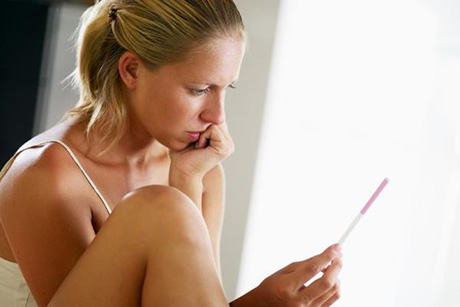
Can an acupuncture prick help women get pregnant? The technique seems to have only limited success when used complementarily with in vitro fertilization (IVF), according to a new international study. IVF procedures involve fertilizing a woman's eggs with sperm in a laboratory, and then implanting a viable embryo in a woman's uterus. Acupuncture, yoga and hypnosis are common complementary therapies for IVF, and are done with the aim of improving the chances of a successful pregnancy. In a review of 16 independent studies involving more than 4,000 women, the researchers found that acupuncture had no benefit for patients who had visited IVF clinics with a history of higher-than-average pregnancy success rates. Acupuncture did increase the pregnancy rate, however, for patients at below-average IVF clinics.
A 2012 meta-analysis concluded that acupuncture is effective for the treatment of chronic pain.
Another 2012 review found acupuncture to provide significantly better relief from knee osteoarthritis pain and a larger improvement in function than sham acupuncture, standard care treatment, or waiting for further treatment. Two reviews from 2007 and 2008 had yielded similar positive results, however, there also was one review that found acupuncture ineffective in treating knee osteoarthritis. The Osteoarthritis Research Society International released a set of consensus recommendations in 2008 that concluded acupuncture may be useful for treating the symptoms of osteoarthritis of the knee. Results for osteoarthritis in other joints suggest insignificant effects in short-term pain relief, which may be due to placebo or expectation effects.
Also in 2012, a review found that acupuncture has demonstrated benefit for the treatment of headaches, but that safety needed to be more fully documented in order to make any strong recommendations in support of its use.
A 2011 review of eight Cochrane reviews found that acupuncture is effective in the treatment of migraines, neck disorders, tension-type headaches, and peripheral joint osteoarthritis.
Another 2011 review concluded that there was unanimously positive research supporting acupuncture for neck pain, but that little truly convincing evidence existed for other types of pain.
Acupuncture 'lessens pain in brain not body', scientists discover Telegraph.co.uk - February 7, 2010
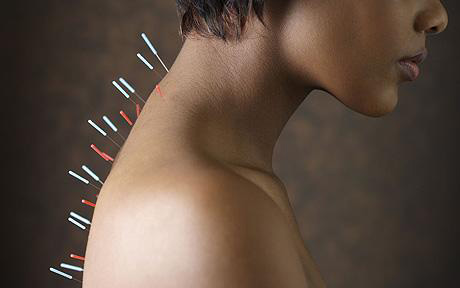
Scientists who scanned the brains of volunteers as they were given the Chinese therapy found it deactivated pathways that govern pain. Complementary medicine expert Dr Hugh MacPherson, of the University of York, said: "These results provide objective scientific evidence that acupuncture has specific effects within the brain which hopefully will lead to a better understanding of how acupuncture works." The findings, published in Brain Research, suggest acupuncture has a significant effect on specific nerve structures.
A 2009 Cochrane Review of the use of acupuncture for migraine treatment concluded that "true" acupuncture wasn't more efficient than sham acupuncture, however, both "true" and sham acupuncture appear to be more effective than routine care in the treatment of migraines, with fewer adverse effects than prophylactic drug treatment.
Reviews have found inconclusive evidence regarding acupuncture efficacy in treating shoulder pain and lateral elbow pain.However, there is evidence of benefit for acupuncture combined with exercise in treating shoulder pain after stroke.
For acute low back pain, there is insufficient evidence to recommend for or against either acupuncture or dry needling. For chronic low back pain, however, "there is evidence of pain relief and functional improvement for acupuncture, compared to no treatment or sham therapy. These effects were only observed immediately after the end of the sessions and at short-term follow-up."
The same 2005 review finds acupuncture to be more effective than other CAM treatments, but no more effective than conventional therapy. Still, the combination of acupuncture and conventional therapy was slightly better than conventional therapy alone. A review for the American Pain Society/American College of Physicians from 2007 found fair evidence that acupuncture is effective for chronic low back pain.
A 2007 review article noted that superficial needling, the primary form of traditional acupuncture in Japan, can stimulate endogenous production of opioids which could result in non-specific analgesia. Read more ... Wikipedia